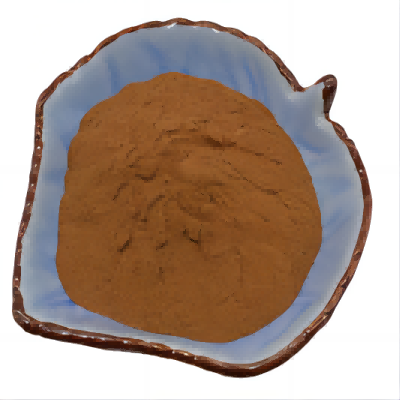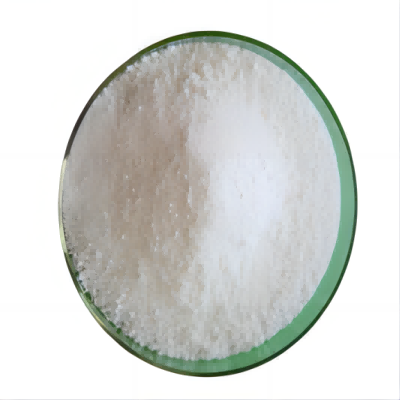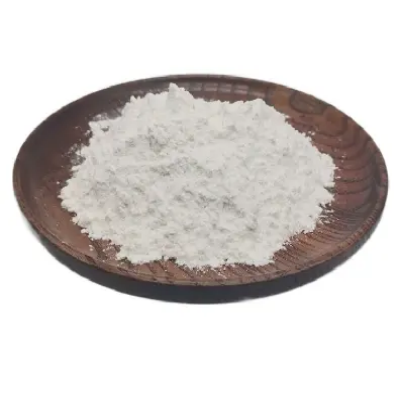3-(DIPHENYLHYDRAZONOMETHYL)-9-ETHYLCARBAZOLE CAS:73276-70-7
3-(Diphenylhydrazonomethyl)-9-ethylcarbazole has several important applications across various fields, particularly in organic synthesis, medicinal chemistry, and materials science. In organic synthesis, this compound serves as a valuable intermediate for the development of more complex molecules. The presence of the hydrazone moiety allows for various chemical transformations, such as cyclization and reduction, enabling chemists to generate derivatives with diverse functionalities. These derivatives can be further explored for their biological properties or utilized as intermediates in pharmaceuticals and agrochemicals. In the realm of medicinal chemistry, compounds containing the carbazole skeleton are known for their wide range of biological activities, including anti-inflammatory, antibacterial, and anticancer effects. The hydrazone derivative, 3-(diphenylhydrazonomethyl)-9-ethylcarbazole, may exhibit similar therapeutic potential. Researchers are investigating its efficacy against different cancer cell lines and other diseases, aiming to identify novel drug candidates. Due to its structural features, it could serve as a platform for designing targeted therapies that address specific molecular pathways involved in disease progression. Moreover, this compound is also studied for its role in the formation of metal complexes, which can have unique electronic and optical properties. Such complexes hold promise for applications in organic electronics, such as organic light-emitting diodes (OLEDs) and solar cells. The integration of 3-(diphenylhydrazonomethyl)-9-ethylcarbazole into advanced materials may lead to innovations in photonic devices, sensors, and catalysis. Additionally, the compound can be utilized in analytical chemistry as a reagent for detecting and quantifying aldehydes and ketones through hydrazone formation. Its reactivity provides a basis for developing various assay methods that contribute to the broader field of chemical analysis. In educational settings, this molecule can be used to illustrate concepts related to hydrazone formation, organic reactions, and characterization techniques, providing students with practical experience in laboratory practices. While 3-(diphenylhydrazonomethyl)-9-ethylcarbazole presents numerous opportunities for research and application, it is essential to adhere to proper safety protocols when handling this compound, considering the potential hazards associated with hydrazones. Overall, its versatility and unique properties position it as a significant compound for ongoing research and innovation in multiple scientific domains.






| Composition | C27H23N3 |
| Assay | 99% |
| Appearance | white powder |
| CAS No. | 73276-70-7 |
| Packing | Small and bulk |
| Shelf Life | 2 years |
| Storage | Store in cool and dry area |
| Certification | ISO. |









